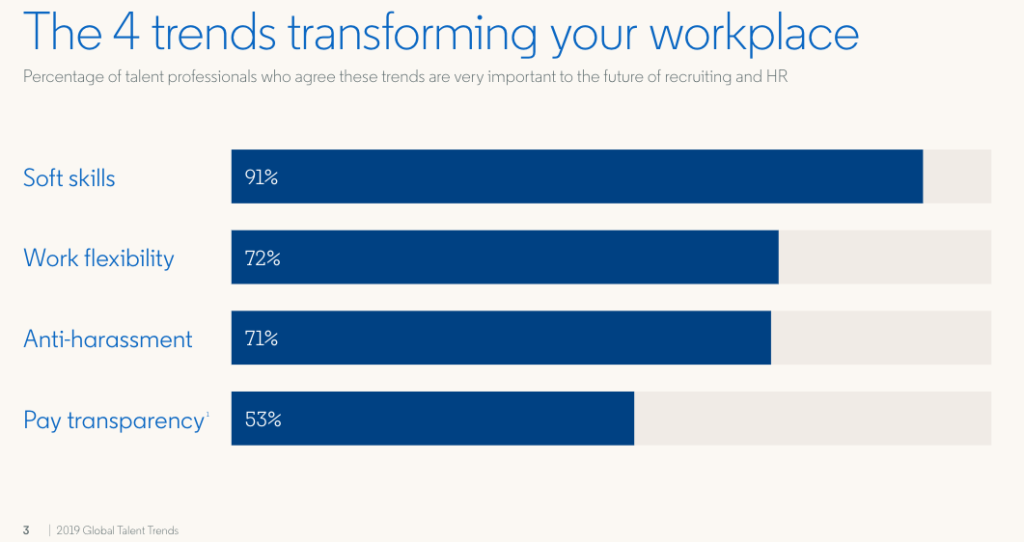Today on The Weekly Dose I review the employee evaluation technology Trakstar. Trakstar is a dynamic end-to-end performance management software built for SMB employers who are looking to move their paper process to the cloud and modernize their performance practices across their organization.
The biggest mistake employers make in driving great performance is setting great goals for individual employees to achieve. The core of Trakstar is built around this understanding that great goal setting leads to the potential for great employee performance. Trakstar is built around three core products: Performance management (evaluations), 360 reviews, and goal setting.
The difficulty we all face in HR around performance management is getting our leaders to follow the process and deliver great feedback to employees that drive higher performance and higher engagement. Trakstar has built an intuitive technology that makes this process easy for our leaders and allows us to hold them accountable to the process as well.
What I like about Trakstar:
– Super clean UI and an easy to use UX, which actually makes it intuitive for our leaders to drive better performance through the process without even thinking about it. Within a very short period of time, your leaders won’t even realize they’re actually working in a platform as this will become a business tool they rely on to manage their teams.
– Super easy to use 360 feedback tool that allows you to request feedback from anyone within the organization, so get more robust feedback across the organization and the real impact an employee is having.
– Goal setting that is bi-directional between employee and leader and tracked continuously throughout the year. As well as easy to set automated reminders, so that both sides can stay on top of these goals and not let them slip to the side.
– A succession planning tool that is built around a 9-box grid that I love! Gives your leaders an instant view of high performers and up-and-comers across the organization in an instance.
Trakstar has built a performance management tool for SMB that rivals many of the enterprise level performance management technologies. Cloud-based with an open API that allows you to integrate it into any HRIS system you might be using now. Trakstar is designed for organizations where employee performance and increased performance of the organization is a priority.
Well worth some time to look at a demo, especially if performance management is a priority within your organization. Trakstar is the best end-to-end performance management technology for SMB that I’ve seen on the market.
 The Weekly Dose – is a weekly series here at The Project to educate and inform everyone who stops by on a daily/weekly basis on some great recruiting and sourcing technologies that are on the market. None of the companies who I highlight are paying me for this promotion. There are so many really cool things going on in the tech space and I wanted to educate myself and share what I find. If you want to be on The Weekly Dose – just send me a note – timsackett@comcast.net
The Weekly Dose – is a weekly series here at The Project to educate and inform everyone who stops by on a daily/weekly basis on some great recruiting and sourcing technologies that are on the market. None of the companies who I highlight are paying me for this promotion. There are so many really cool things going on in the tech space and I wanted to educate myself and share what I find. If you want to be on The Weekly Dose – just send me a note – timsackett@comcast.net
Want help with your HR & TA Tech company – send me a message about my HR Tech Advisory Board experience.

